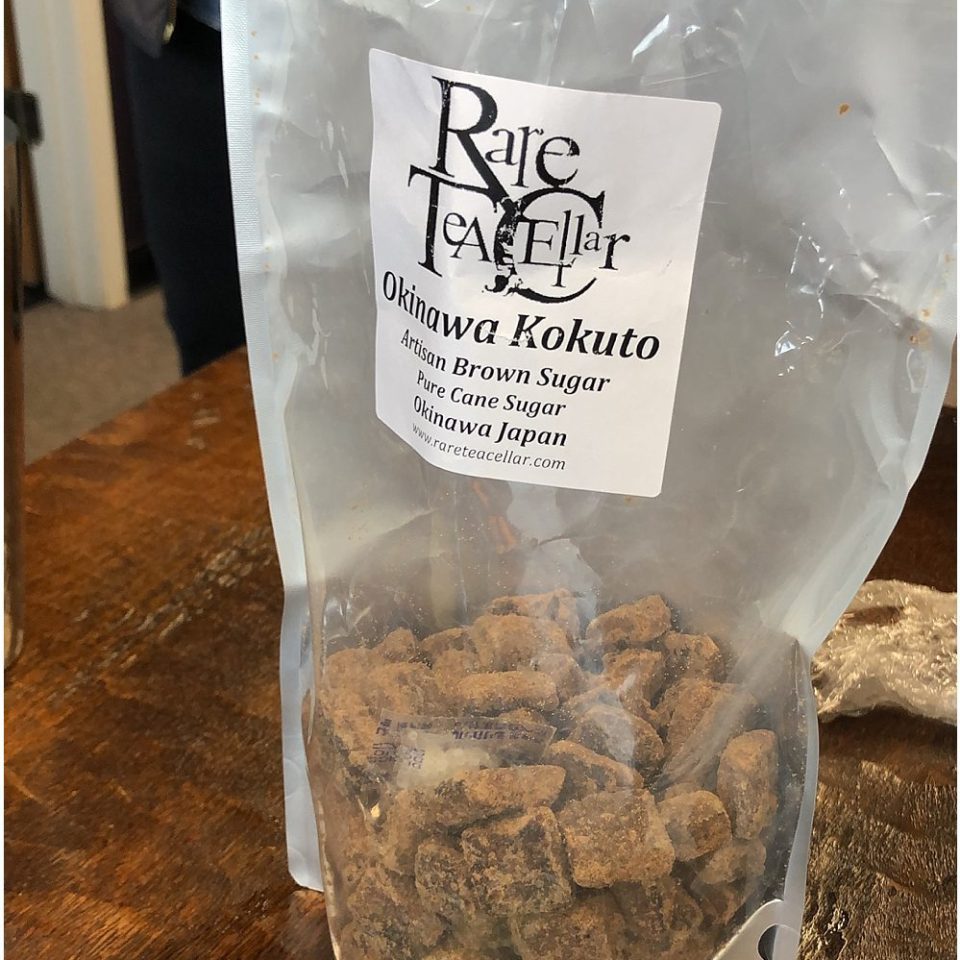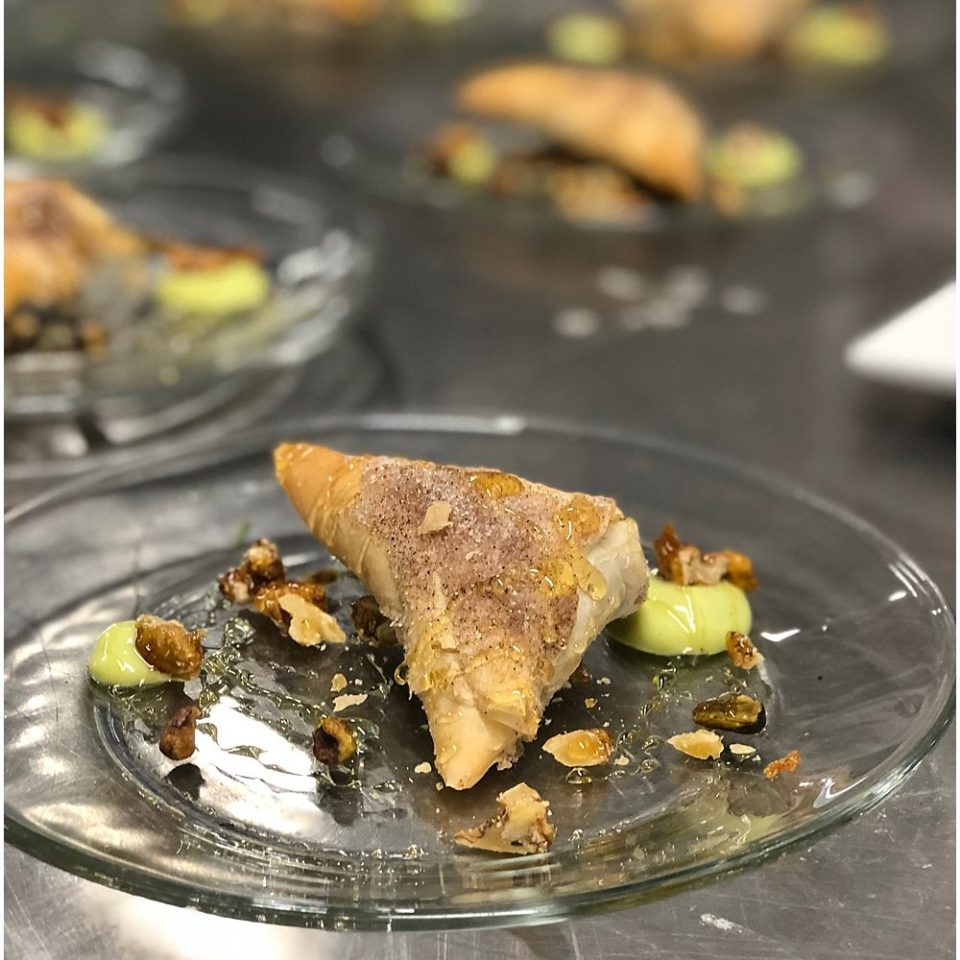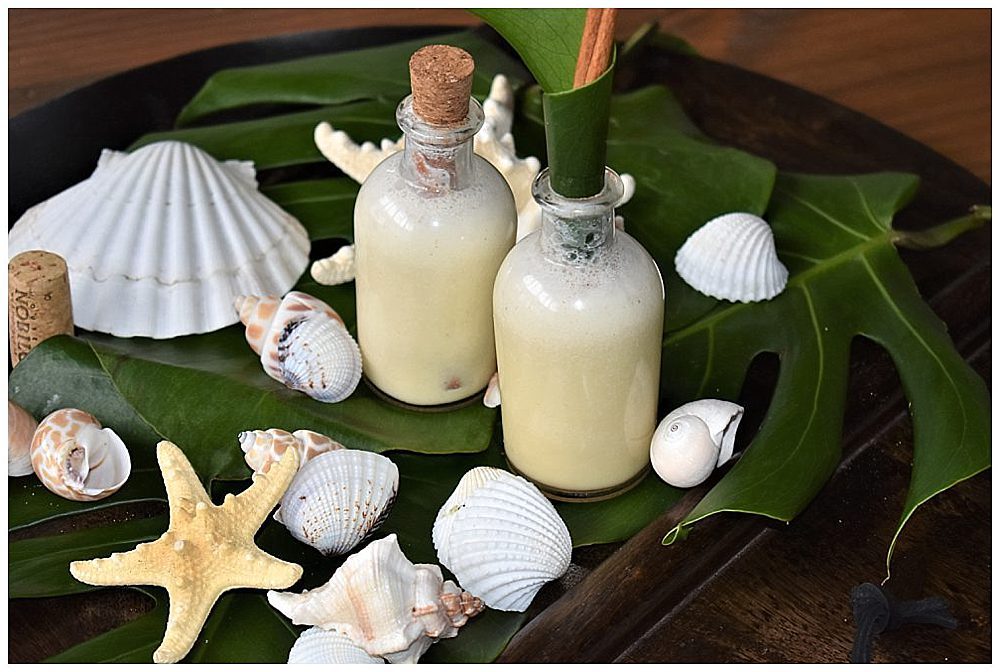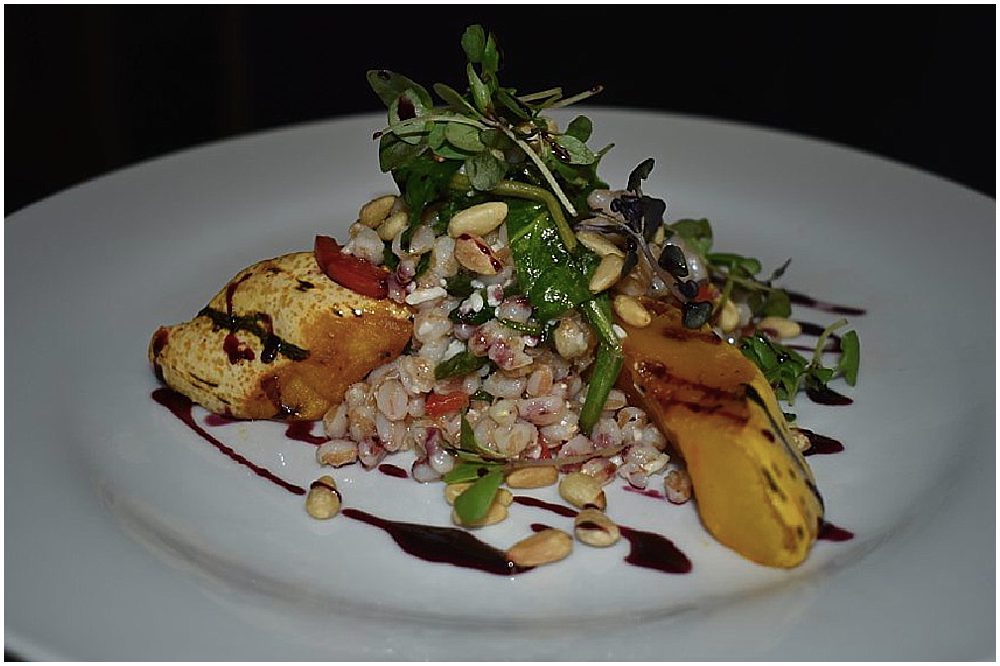All About Japanese Black Sugar and Other Sugar Alternatives
That sweet, seductive pull of sugar—who among us can resist it? As avid food lovers, indulging is part of the job. We can’t say no to a custom cocktail test or new dessert tasting for the sake of “detoxing,” but, lucky for our health, it seems the culture is more and more open to nutritious subs and swaps. Yep, we’re talkin’ sugar alternatives today! We’re giving insight on how we use classic substitutions such as honey and agave, as well as introducing you to some lesser known alternatives, like Japanese black sugar (kokutō). Let’s get our (sugar-free) sucralose on!

Japanese Black Sugar
Kokutō, also known as Japanese black sugar, is native to the Japanese island Okinawa. Similar in appearance and texture to brown sugar, black sugar has a deeply rich and malty flavor, almost bordering on savory in nature. It’s more complex on the palate than both white and brown sugar. While black sugar is indeed still a processed food (uh, duh! It’s sugar!), it’s not nearly as refined as other sugars. It retains many of the minerals often filtered out of white and brown sugar—potassium, iron, calcium and more. We had our beverage manager Tom Sierra incorporate kokutō into an orange-infused old fashioned during happy hour. Never has a happy hour drink felt so healthy!

Honey
That sweet, sweet nectar of the gods. Err, the bees. And it’s not technically a nectar, but it IS made from nectar. Because of its consistency, honey can’t always take the place of sugar. Baking, for example, is often contingent on exact ingredients. We like to use it in addition to traditional sugar. Our pistachio baklava, for example, is finished with a light, sticky drizzle of honey. Cooking, however, is a different story. Here at EC, we cater all sorts of traditional Jewish holidays and cultural celebrations (we even have a modern, plant-forward Jewish menu!), and honey is a major part of many a dish. Honey represents the hope for a sweet new year in Jewish culture. Tzimmes is an Ashkenazi Rosh Hashanah dish comprised of stewed yams, carrots, apples, dried fruit and honey.

Agave Syrup
Sweeter than sugar. No, really! Agave nectar is thought to be, on average, about 1.5 times sweeter than sugar. So what makes it a “healthy” sugar alternative? It’s not in the processing or calorie count, but rather in the way it affects the body. Agave contains higher levels of of fructose than glucose, which means it’s lower on the glycemic index scale than sugar. In short, it’s not going to spike your blood sugar as severely—goodbye mid-afternoon crash! Agave nectar actually comes from the same plant genus as tequila, and it’s got the same taste of the tropics. We love incorporating the syrup into yummy summer drinks, like our Message in a Bottle. We combine coconut water, coconut-infused rum, fresh pineapple juice and agave nectar for a beach-ready bev.

Molasses
Thoughts of that dark, sticky-sweet molasses never fail to conjure up images of Southern cooking classics—baked beans, pecan pies and a rack of ribs on the grill. Molasses is technically a byproduct of the refining process for white sugar. It’s what helps give brown sugar its depth of flavor and sandy texture. And while we love our Southern staples, molasses capable of so much more! It’s not nearly as sweet as sugar, and the darker the color of the molasses, the more bitterness present on the palate. For this reason, we like using molasses in tandem with another natural sweetener, like fruit. In the Turkish version of kasir, a meze dish of bulgur, parsley and tomato paste, we add a sour pomegranate molasses dressing.







